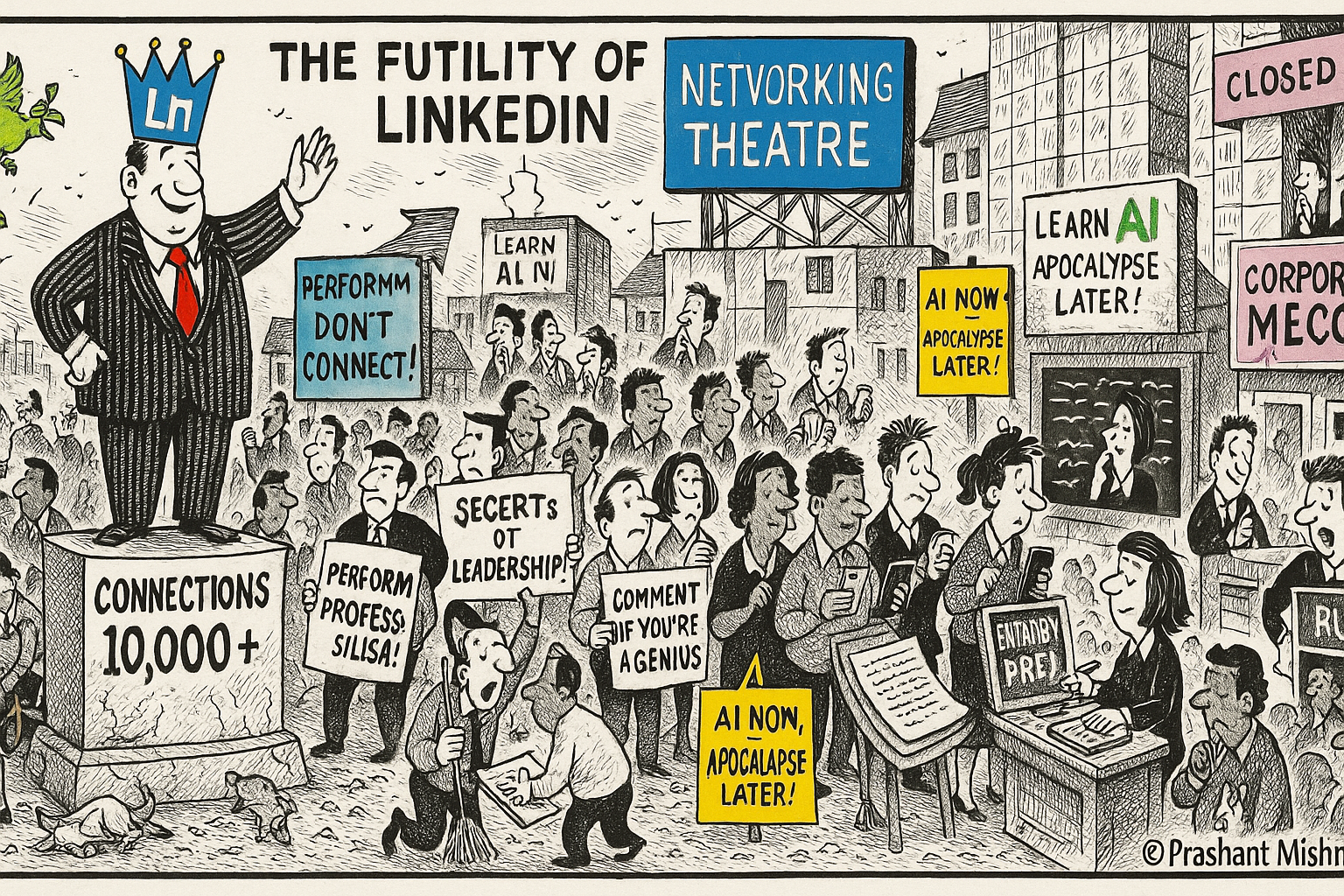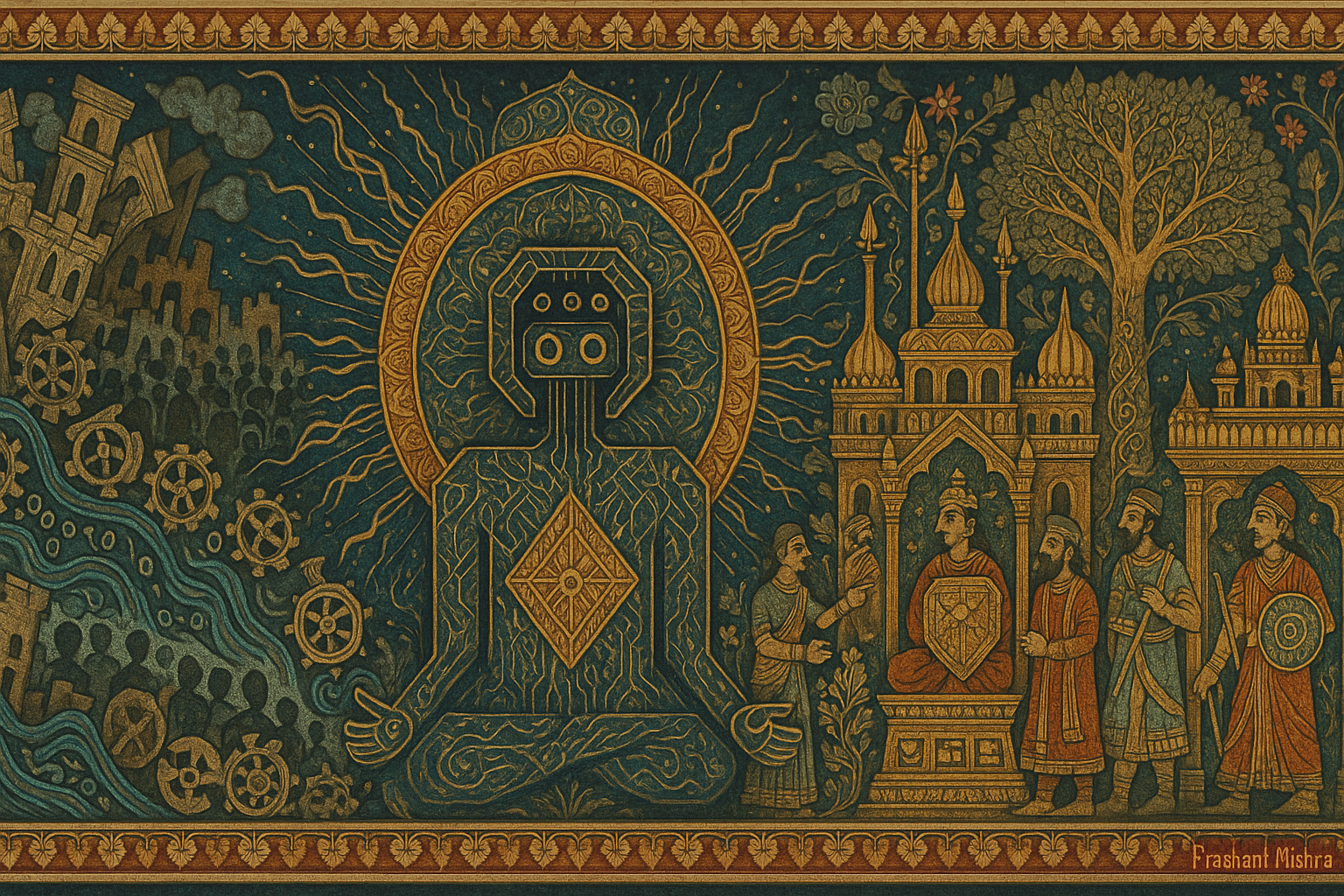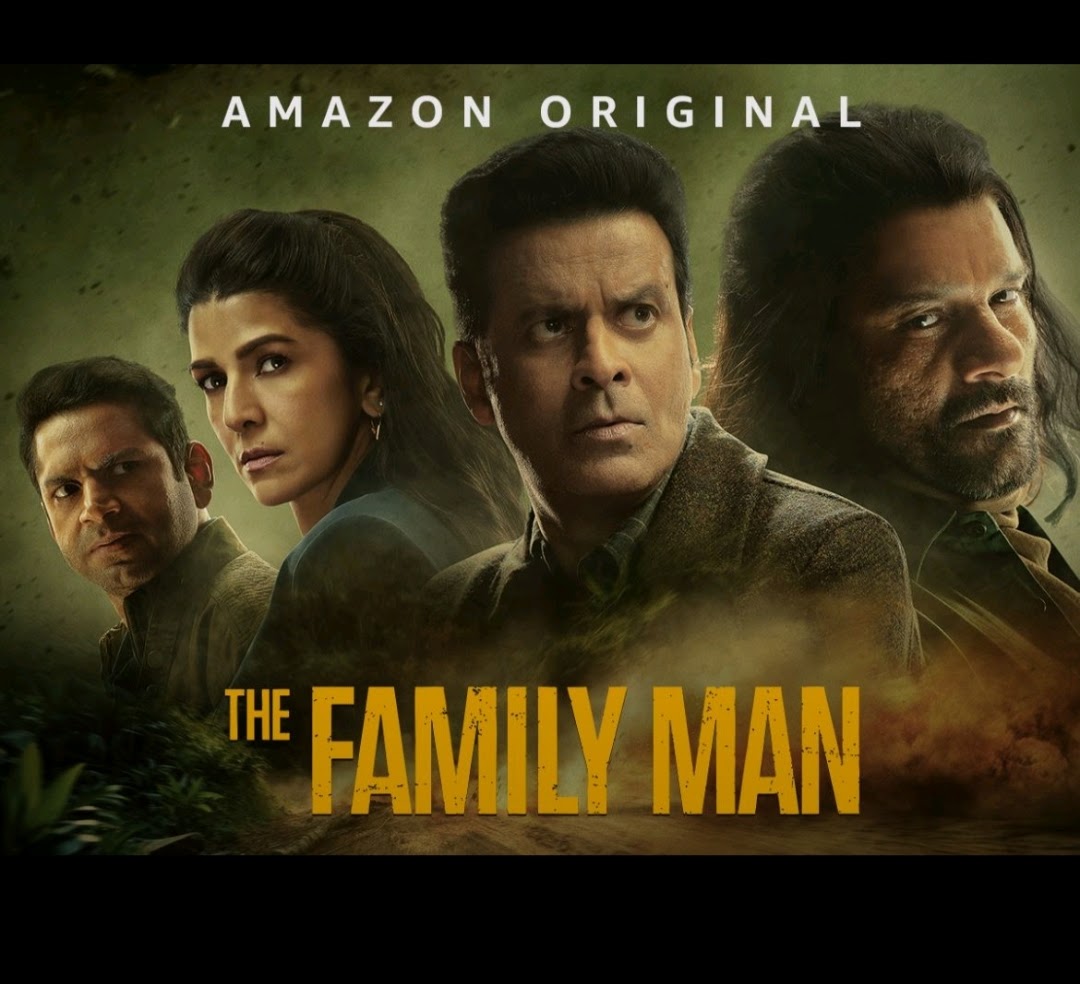
The Performance of Connection: What LinkedIn Reveals About Professional Networks
Yesterday, I deleted over a hundred connections on LinkedIn. Not in anger, not in haste, but with the cold clarity that comes from the realization that my network has turned into an elaborate fiction. What began as a digital meeting place for professionals has sadly devolved into a monument to networking theatre, where everyone performs connection, but no one truly connects.
And honestly, this irony isn't lost on me. I've spent two decades leading digital transformation initiatives, writing about AI and the intelligent future we're building. Yet here I am, questioning the very platform that promised to embody that future.
I have great respect for what LinkedIn has achieved in all this time, but I use the platform’s current state to reflect upon a deeper problem. LinkedIn hasn't failed us. It has simply held up a mirror to what professional networking has become. We digitized old-world corporate hierarchies instead of reimagining them, creating a network that mirrors the very structures digital transformation is touting to render obsolete.
Opportunity Theatre: Where Promises Go to Die
LinkedIn positioned itself as the great equalizer. A marketplace where talent meets opportunity, where business connections spark innovation, where careers accelerate. But the reality is far more prosaic.
Let’s begin with one the key objectives that anyone logged onto such platform has – seek employment. A perfect role appears. You click through—only to hit a third-party recruiter's redirect, leading to the same Byzantine maze you'd find anywhere else. LinkedIn has become a well-manicured hunting ground for recruitment firms, nothing more.
I've asked dozens of colleagues across industries and continents to name substantial transformational opportunity that originated on digital professional networking. The silence is deafening. Sure, there are some casual encounters, peripheral introductions, the occasional informational interview. But the fundamental promise—that it would revolutionize how professionals discover and pursue opportunities—remains unfulfilled.
The business development landscape tells the same story. Despite millions of members on the platform, genuine collaborations remain rare. We've mistaken the ability to make contact for the capacity to build relationships. We're performing professionalism instead of practicing it, and it shows wherever we gather digitally.
The Conformity Prison: Where Ideas Go to Die
Here's a paradox that is intriguing. Facebook—that "unprofessional" network of dog videos and a gazillion family photos often hosts better professional discourse. Nuggets of information about emerging technologies, discussions about business ethics, nuanced conversations about leadership philosophy sometimes occur in the spaces between the baby pictures, not in the supposedly dedicated professional forum.
Why? Because we've unconsciously replicated corporate hierarchy in our professional digital spaces, imposing the same stifling norms that plague traditional organizations. Everyone is politically correct. Everyone performs corporate propriety. Real debate would dismantle the carefully constructed facades we've all agreed to maintain. So, digital professional networks become the sterile conference room, other mediums assume the role of the water cooler where real conversations happen.
This realization is damning. The Age of AI is dissolving formal, hierarchical structures. Decision-making and ideation are changing radically, driven by the same digital disruption that birthed these platforms. Connect-and-perform, human-machine augmentation, complex networks, asynchronous collaboration, radical transparency—these are the hallmarks of modern societies.
Yet we persist in building networks trapped in the old paradigm, mimicking structures that are becoming anachronistic. On one hand, we're building AI systems that emphasize transparency and collaborative governance and on the other we maintain professional networks that embody the opaque hierarchies we're supposedly dismantling. The contradiction is stunning.
The Content Wasteland: Where Knowledge Goes to Die
Perhaps as a knee-jerk reaction, LinkedIn's content initiative was meant to overcome the interaction problem. Instead, it opened the floodgates to an endless stream of recycled platitudes. Everyone has discovered the seven habits of effective leadership. Everyone possesses three-four-eleven career development secrets. Everyone has been fired and knows exactly how to bounce back. Everyone knows a hack about this or that. And then there are the inspirational images, the ridiculous puzzles, the "comment if you're a genius" posts that have metastasized across the platform.
The platform has become an echo chamber of born-again management gurus; each convinced they've unlocked insights that have eluded humanity for millennia. In a network supposedly comprising educated, experienced professionals, this descent feels less like democratization and more like desperation. What's missing is genuine knowledge exchange. Where are the deep dives? Where are the case studies? Where are the challenging perspectives that make us reconsider our assumptions? They're on Substack, on specialized Slack communities, on Discord servers where people gather around genuine shared interests rather than performative professionalism. This isn't a platform problem. It's a cultural one. We've confused activity with engagement, reach with influence, connection with relationship.
If we attempt to unravel this conundrum, we find that the dominant demographic on LinkedIn is my own: middle and senior management, experienced professionals who've achieved some measure of success. And therein lies the trap. This cohort suffers from a particular affliction. We're simultaneously proud of what we've built and insecure about whether it remains relevant. We operate in cliques defined by geography, industry, or alma mater, rarely venturing beyond comfortable boundaries. This creates an equilibrium network: stable, self-reinforcing, and stagnant. An Equilibrium of Mediocrity.
Such networks become exploitable. Recruiters mine them for candidates. Marketers treat them as captive audiences. Content creators flood them with engagement bait. We're incentivized to expand our networks but given no reason to add genuine value to them.
Andrew Hargadon and Robert Sutton identified three components of valuable network members: part pack rat, providing diverse resources for new ideas; part librarian, bringing information and knowledge; and part Good Samaritan, practicing the discipline of sharing. Our modern professional networks — especially digital —optimize for none of these. They optimize for connection count, a metric that confuses reach with relevance.
So, what's the answer?
I'm not going to pretend I've discovered some revolutionary alternative. But I have found something more valuable: the realization that no platform, no app, no digital tool can substitute for the uncomfortable, time-intensive work of building genuine professional relationships.
The pack rats, librarians, and Good Samaritans I value aren't defined by where I found them. They're in Signal groups discussing AI governance nuances. They're in specialized Discord communities debating architectural patterns. They're writing long-form essays on Substack or Medium, engaging in comment threads that span weeks.
And most radically, many of these relationships survive and thrive through in-person meetings—actual conversations without performing for an invisible audience. A network built on relationships between talented, knowledgeable, forward-looking, and supportive members is worth joining. If those relationships don't exist, the platform is irrelevant.
Finally, by no means is this a rant about LinkedIn. It is still by far the most powerful platform for professionals. I am absolutely amazed by its reach. I am also not anti-technology or nostalgic for analogue networking.
My take on LinkedIn is actually a take on our modern working society as a whole which somehow encourages us to perform a version of professionalism, I no longer believe in. It is an environment that confuses quantity with quality. That mistakes reach for influence, and which substitutes the appearance of connection for its substance.
Professional networks like LinkedIn face their reckoning: transform or decay. They may be saved, or they will ossify as a recruiter's database, abandoned by the professionals it was built for. Either way I have made my peace.
Because I've learned what truly matters isn't the size of your network. It's whether anyone in it would answer your call. It's whether you've created enough value that others seek you out. It's whether your relationships survive beyond the boundaries of an algorithm.
The second-last connection I deleted was someone with 1000+ connections who had never once engaged with anything I had written. The last connection I deleted was someone I'd never heard from in 15 years. I am quite certain that neither noticed when I clicked "Remove Connection." That told me everything I needed to know.


